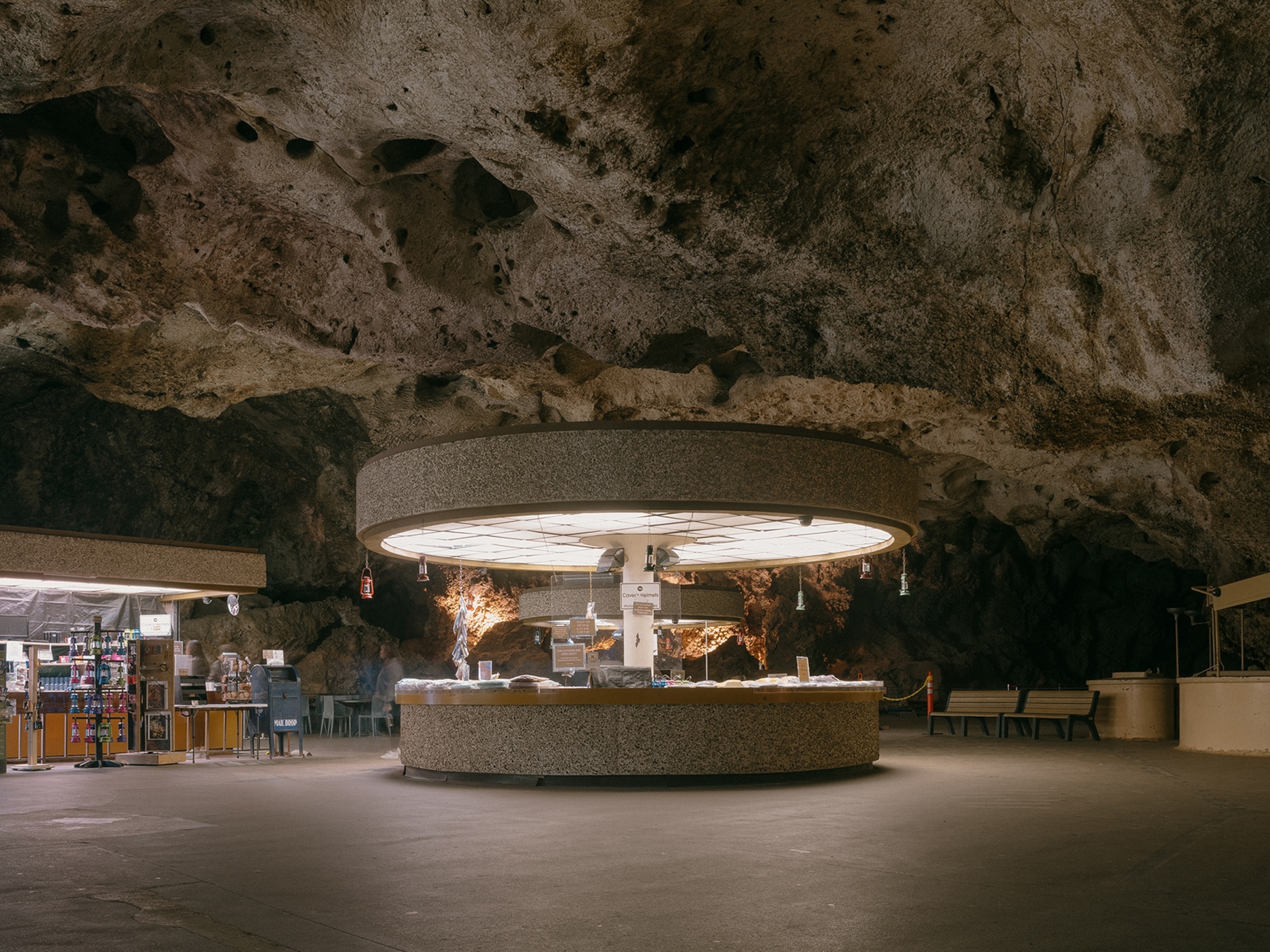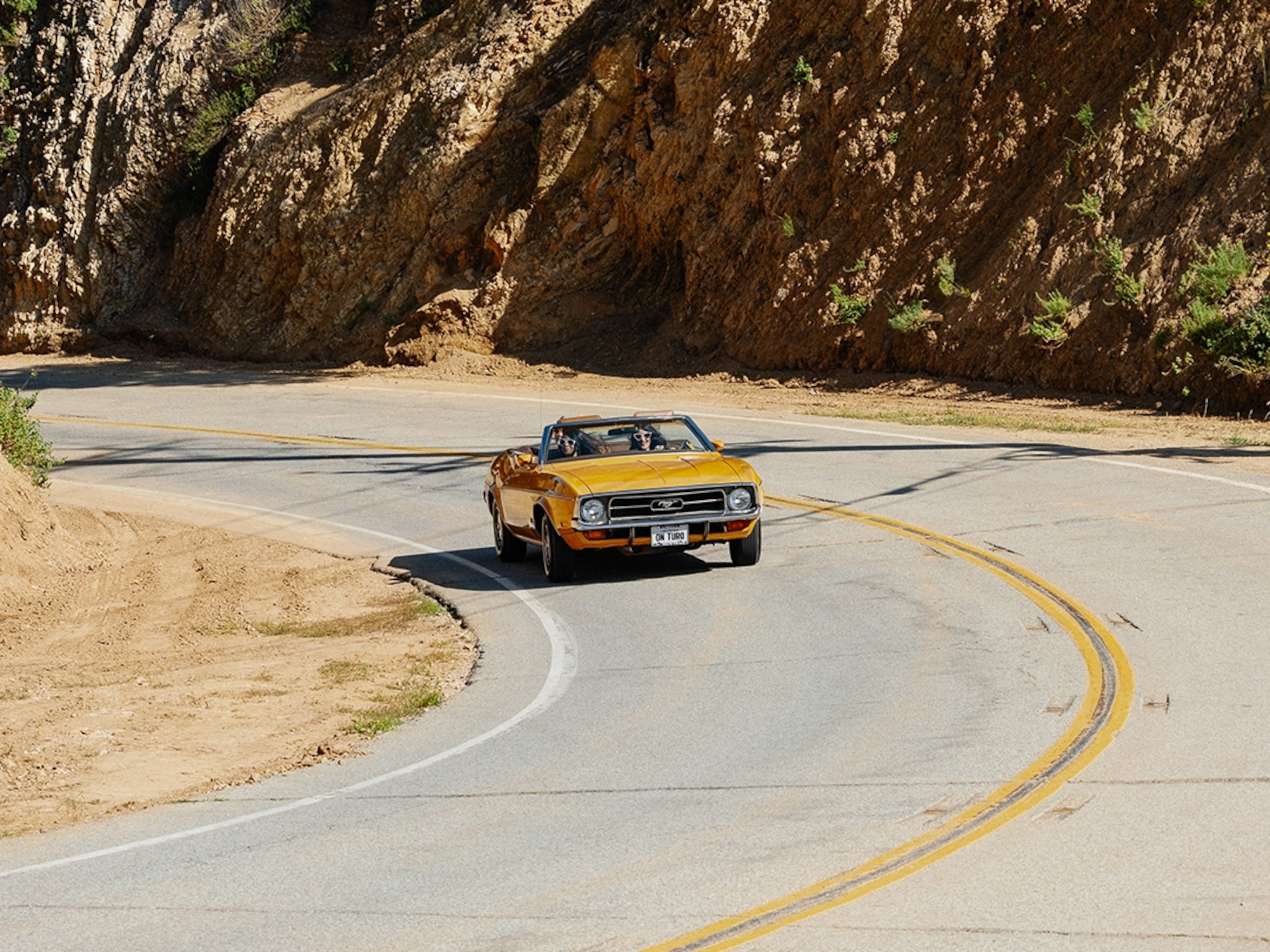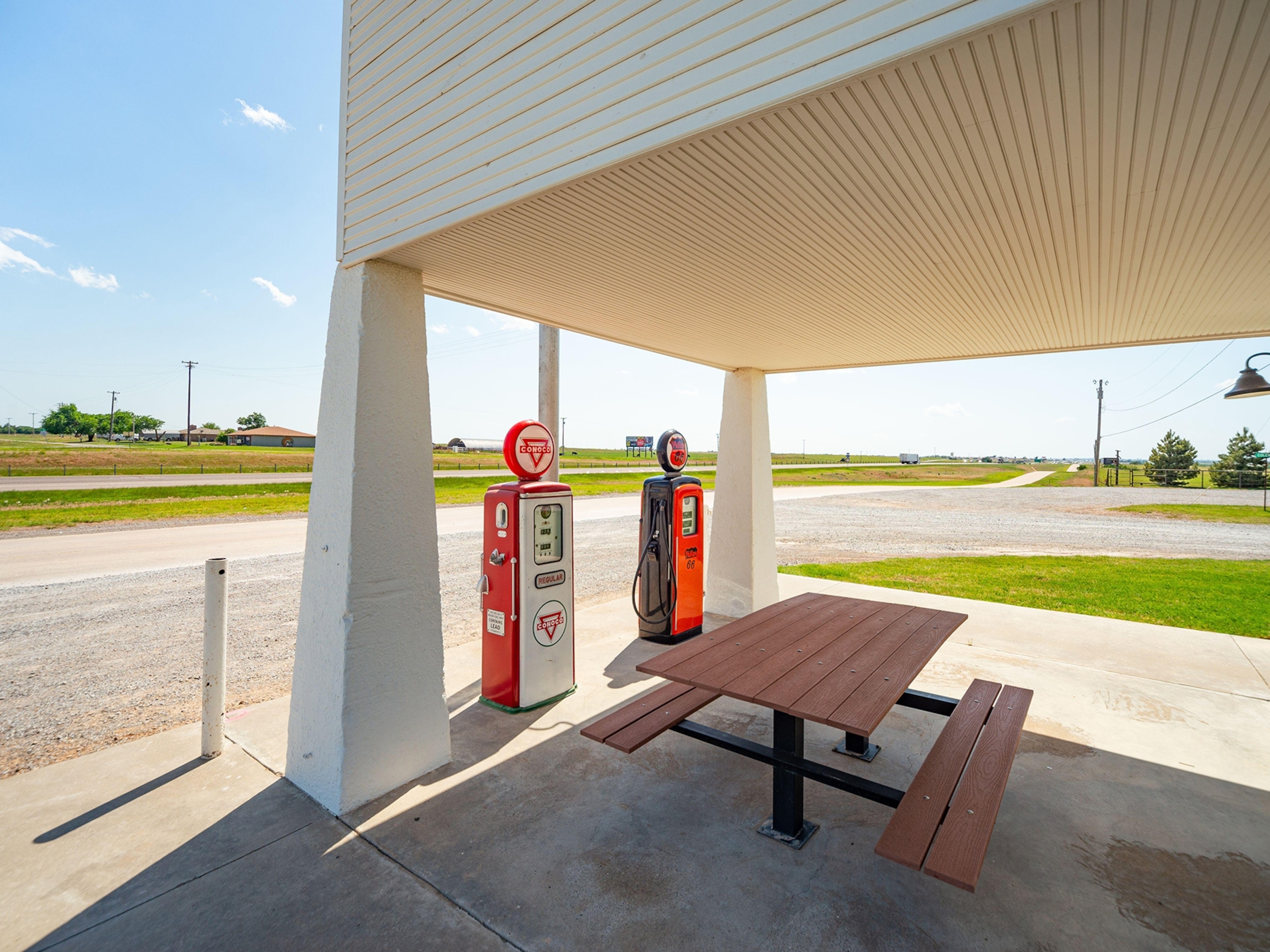Seeing the Unseen Appalachia: Overburden, a Documentary Film
The road to Cumberland, Kentucky is all switchbacks, the asphalt snaking up and down Pine Mountain on the western flank of the lush Appalachian Mountains. My students and I had driven this road many times during the weeks we traveled to the small coal mining town to make photographs, but this time we stopped near the peak. And we watched.
In the valley below us, great machines were moving earth and stone—building more access roads for the coal trucks. To the west we saw a barren bulge in the landscape—once a great mountain, now it was shaved flattop by dynamite. I cautiously made pictures as the sun rose, lighting up the morning fog that was boiling in the valleys.
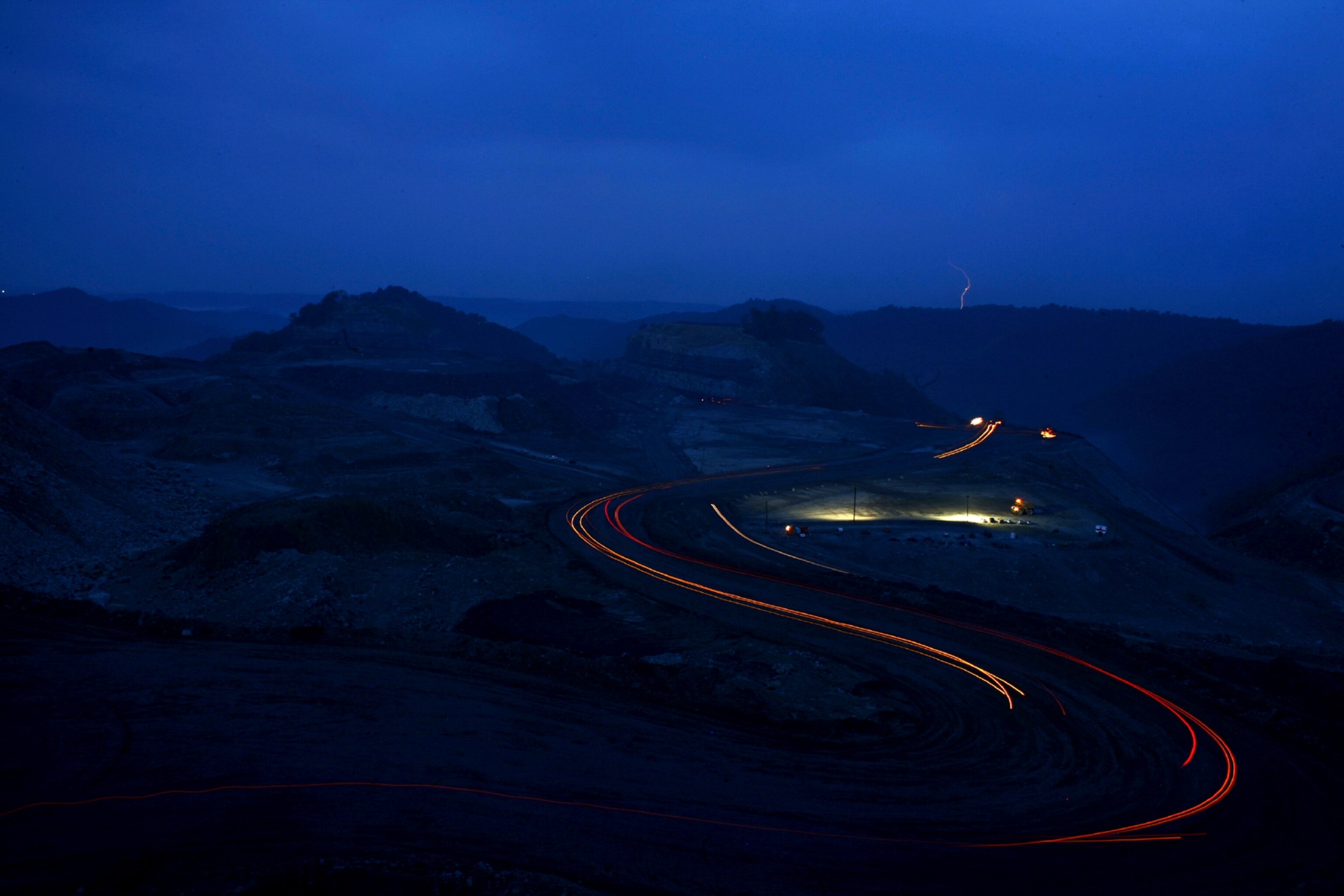
Since that moment 11 years ago, I have transitioned from photography to documentary filmmaking. As I made those first images and began exploring the hills and hollows of West Virginia, I realized the stories there were complex, perhaps even beyond what can be captured in a 35mm frame. I began recording audio, and video soon followed. Without realizing it, I had begun the journey of making a documentary film. (A short from the project is included at the top of this post.)
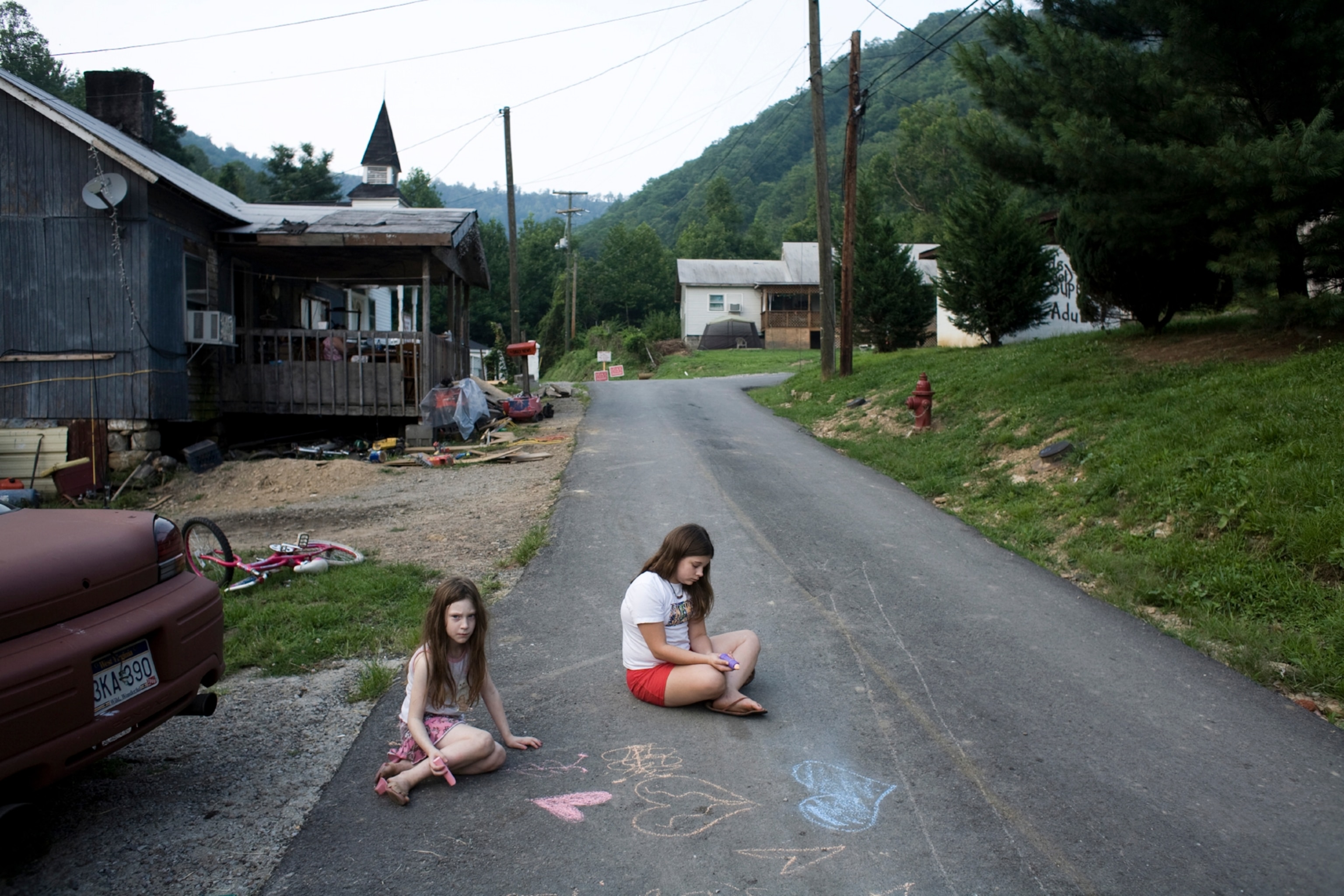
Having grown up in Kentucky, I have a relationship with coal that is layered in distrust, resentment and strife. I also know first-hand that for the people who live at the mercy of the coal company, coal is life. It’s this ambivalent knowledge that allows me to see that the story of coal is more complex than most films reveal. It is at the intersection of family, community, economics, and environment that the real story takes shape. And that’s why I have chosen to focus on both sides of this complicated tale—seeking a narrative that unveils the emotional turbulence that many experience in the region.
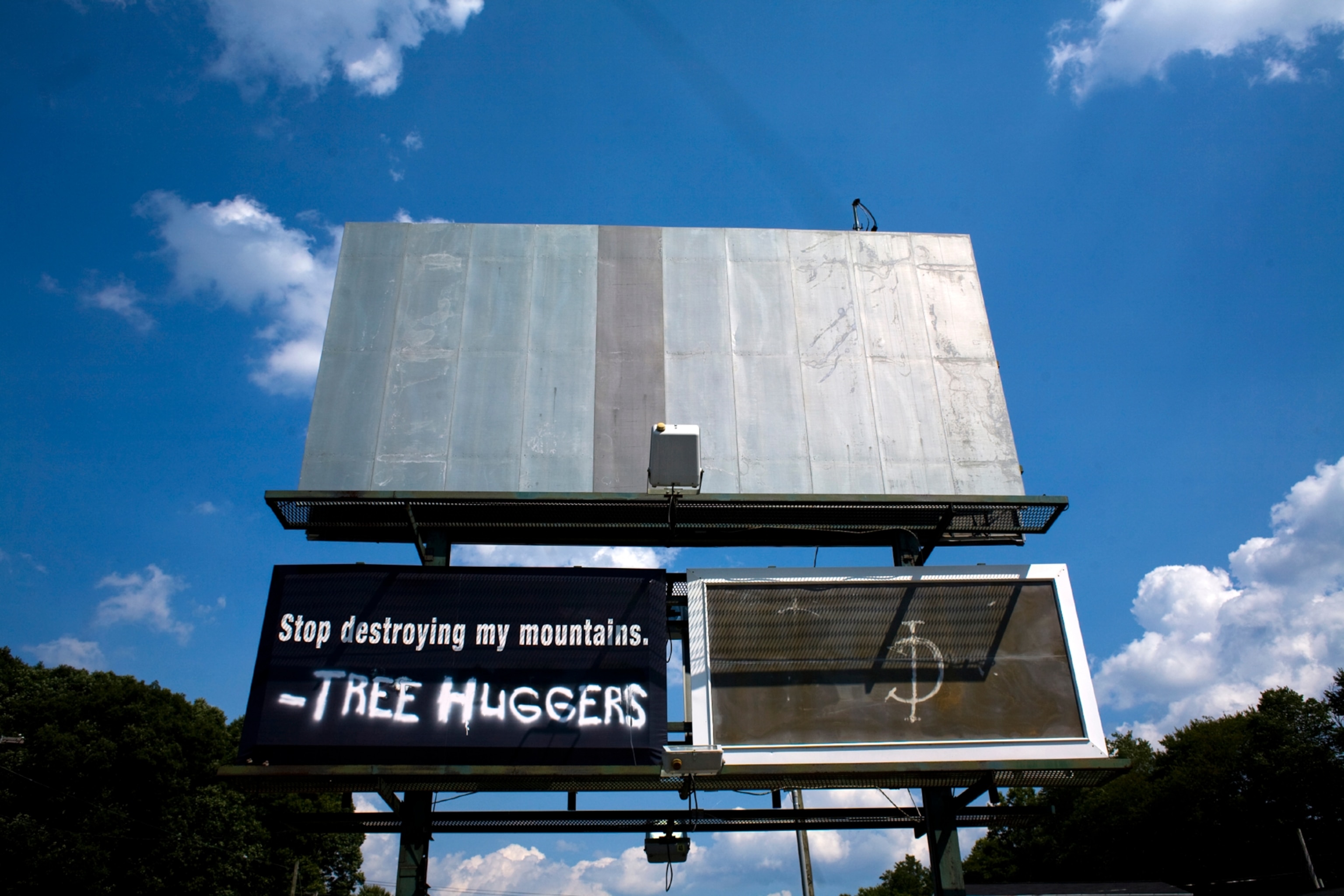
One of the film’s main characters, Betty Harrah, has been a tenacious pro-coal supporter since she was born. At least that was the case until April 5, 2010 when the Upper Big Branch mining disaster killed her brother and changed everything. After this transformation she decided to join forces with the film’s other protagonist, Lorelei Scarbro, to fight Massey Energy, the company responsible for the Upper Big Branch disaster that killed 29 coal miners. It’s in that moment that the film reveals a more nuanced and sophisticated story, one that allows the viewer into the unseen Appalachia and the real lives of the people of coal country.

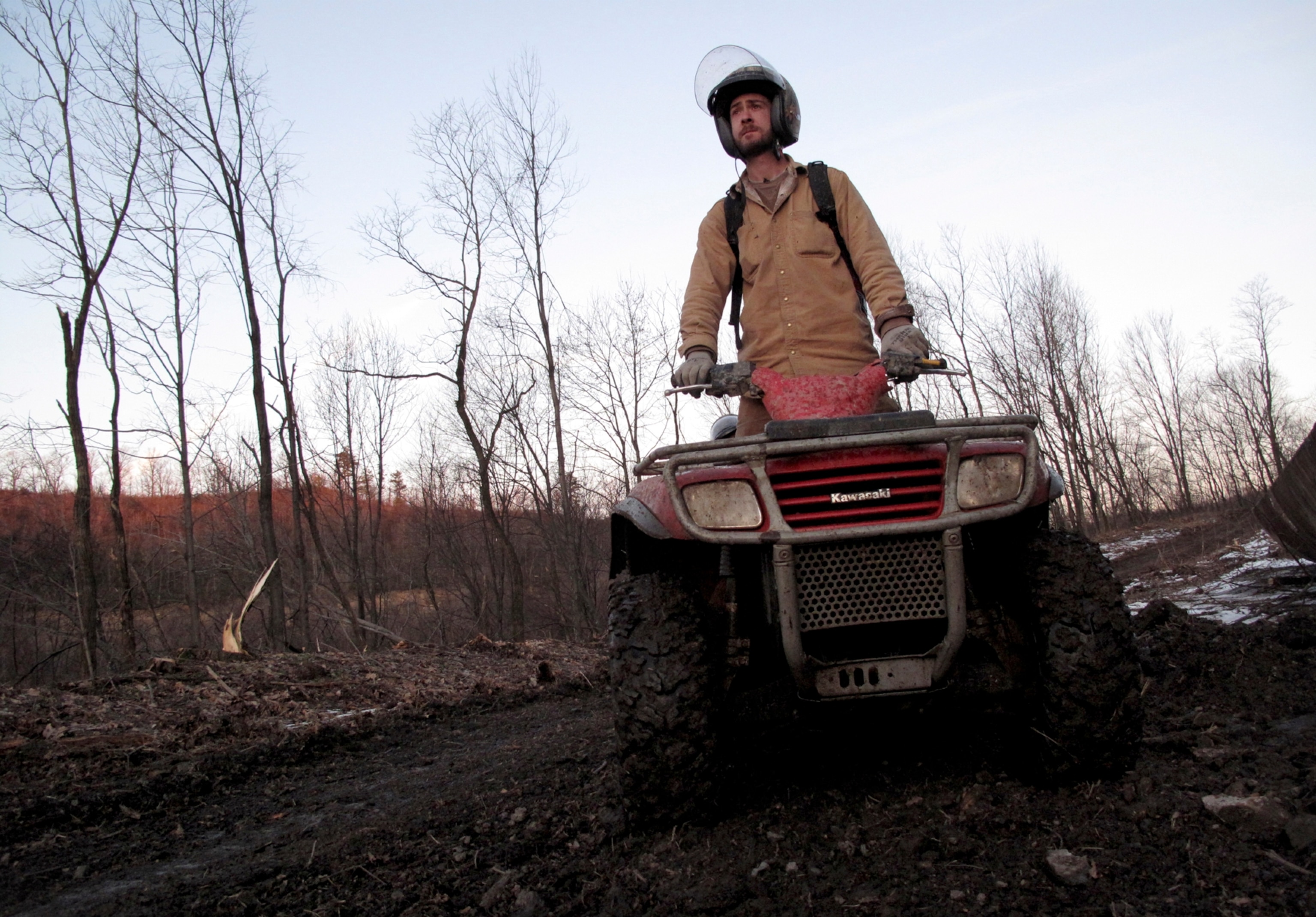
But it’s complicated. Condensing real life into an hour of video is a frustrating battle. Details get lost, and as a filmmaker, you try to hold on to the details that maintain authenticity and that engage the audience. Over the past seven years I’ve filmed easily over 500 hours of footage. In the end, Overburden will be 57 minutes in length. It’s a process of sculpting and distilling. Naturally, we compress time, guiding the viewer from foothold to foothold on this journey. My goal has always been to maintain reality, to let people know and connect with Lorelei, Betty, and their families, and to inspire empathy for them. The power of this medium is that we can bypass stereotypes and tap into the universal: the birth of Lorelei’s grandson, the senseless loss of a sibling, the hope of a new day.
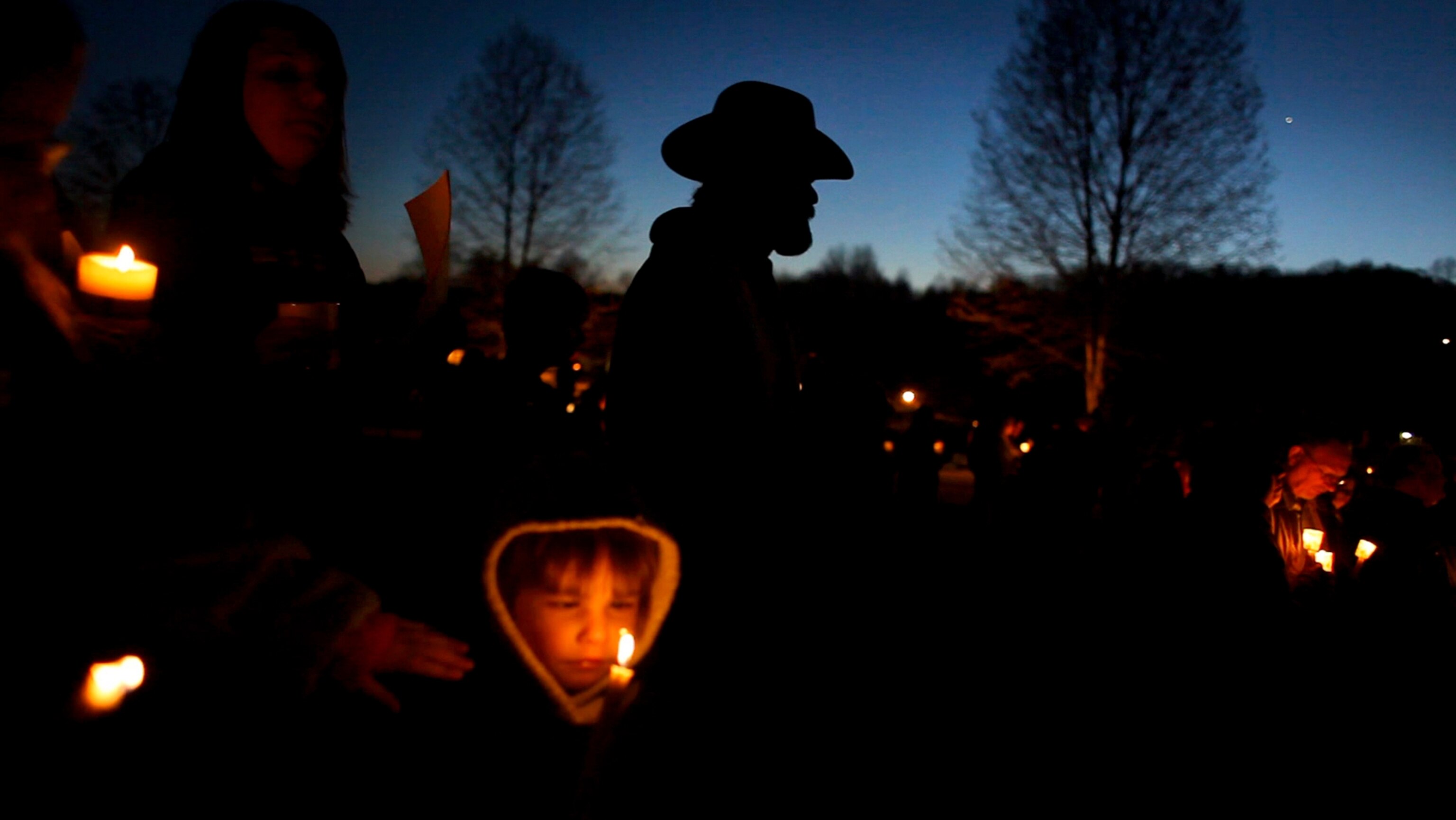
Together with an amazing team of filmmakers and editors including: Catherine Orr, Elena Rue (of StoryMineMedia) and Toby Shimin, our goal is to make a film that is about people, not just the environment. We plan to utilize the film to launch a campaign to produce a groundswell of compelling short documentaries celebrating women who are agents of change in their communities. The campaign will create a compilation of stories from around the country that highlight the importance of local community action and the critical role women play in a productive and informed society. We’ll have more information on this as we near the release of Overburden the film in 2015.
To learn more about the film, visit the site. You can also follow us on Twitter and on Facebook.

